|
 |
Welcome to BioMarketing Insight's monthly newsletter.
We have a new mobile friendly newsletter. Love to receive your feedback.
Last month I covered "CVS: New Business Model to Become a Healthcare Company." If you missed last month's article, click here to read it. This month we'll cover, Regenerative Medicine: Where We Are Today.
Read on to learn more about this topic, other current news in the Table of Contents below and previous newsletters. The next newsletter will be published on December 15th.
We encourage you to share this newsletter with your colleagues by using the social media icons at the top, or by simply forwarding this newsletter or use the link at the bottom of this newsletter. Should you or your colleagues want to join my mailing list, click on the icon below or scan the QR code.
Please email me, Regina Au, if you have any questions, comments, or suggestions. Sincerely, Regina Au New Product Planning/ Strategic Marketing Consultant
|
|
Join our mailing list for mobile
| |
|
|
|
Developing a Product?  Commercializing a Product?
| |
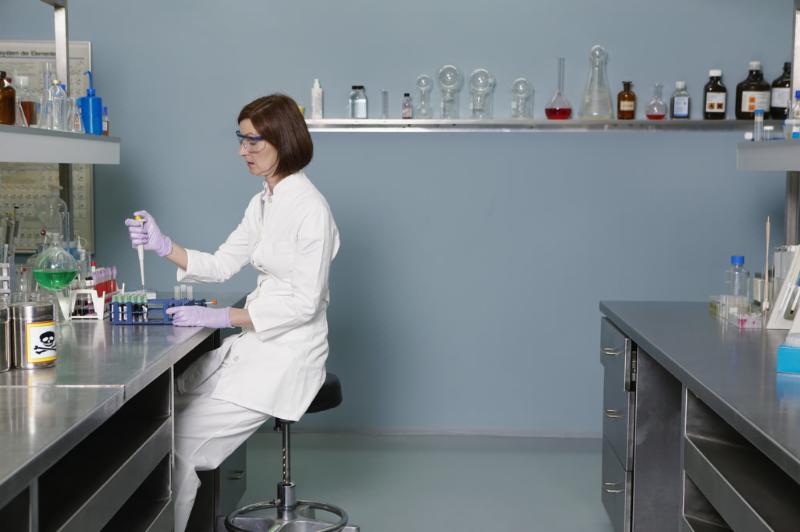
If you are developing a product and have not conducted the business due diligence to determine commercial viability or success, contact me for an appointment. For successful commercial adoption of your product or looking to grow your business, contact me for an appointment.
For more information on our services, click on the links below:
Product Development
Market Development
Marketing Strategies
Top
|
Chinese-American BioMedical Association  (CABA) MedTech Symposium | |
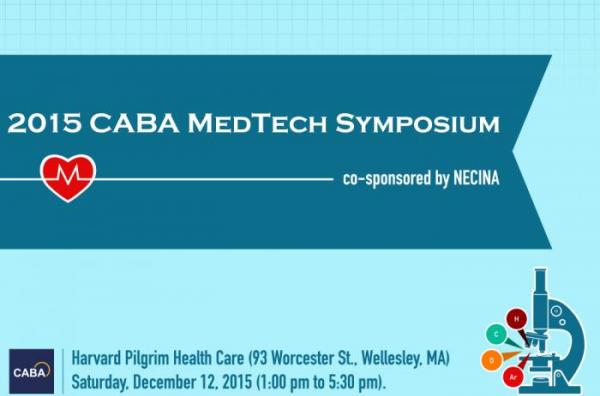 I am pleased to announce that I will be speaking at the 2015 CABA MedTech Symposium held on December 12th at Harvard Pilgram Health Care in Wellesley, MA. For more information on this conference, speakers and to register, click here.
|
Stem Cell Research: Under Investigation  | |
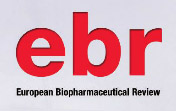 I am pleased to announce that my article "Stem Cell Research: Under Investigation has been published in the European Biopharmaceutical Review (EBR). To read an electronic version, click here. Top |
From Genetic Engineering to Genome Engineering: What Impact Has it Made on Science and Society? Engineering: What Impact Has it Made on Science and Society?
| |
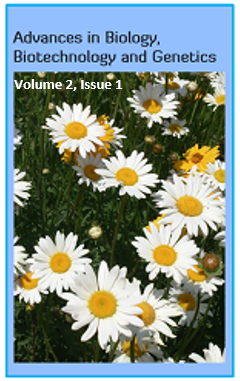 I am pleased to announce that my article "From Genetic Engineering to Genome Engineering: What Impact Has it Made on Science and Society?" was published in the Advanced Biology, Biotechnology and Genetics Journal. To read an electronic version, click here. Top |
Regenerative Medicine: Where We Are Today 
| |
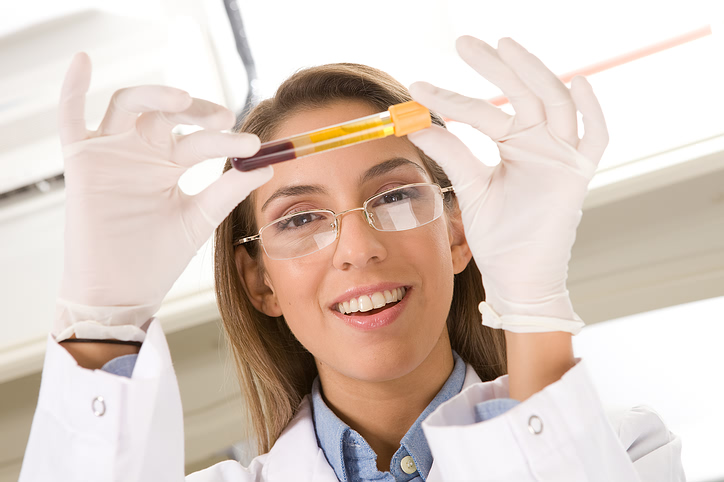 The definition of regenerative medicine, according to the National Institute of Health, is the process of creating living, functional tissues to repair or replace tissue or organ function lost due to age, disease, damage, or congenital defects. It's a multidisciplinary approach comprised of biology, medicine, and engineering and includes tissue and stem cell engineering. The definition of regenerative medicine, according to the National Institute of Health, is the process of creating living, functional tissues to repair or replace tissue or organ function lost due to age, disease, damage, or congenital defects. It's a multidisciplinary approach comprised of biology, medicine, and engineering and includes tissue and stem cell engineering.
Just a few years ago, advanced technology allowed scientists to make tremendous progress toward realizing what was once predicted for tomorrow. Today, many of those tomorrows are starting to materialize. The following is what was predicted for tomorrow and the progress of what is happening today.
- Type 1 Diabetes - Insulin-producing pancreatic islets could be regenerated in the body or grown in the laboratory and implanted, creating the potential for a cure for diabetes.
- Stem Cell Therapy - Tissue-engineered heart muscle may be available to repair human hearts damaged by an event or disease.
- 3D Printing - Organ Printing utilizes a standard ink jet printer modified with tissue matrix material (and possibly also cells) replacing the ink. "Made-to-order" organs of almost any configuration could then be cast and implanted.
- "Smart" biomaterials - Materials Science meets Regenerative Medicine are being made that actively participate in, and orchestrate, the formation of functional tissue.
- New approaches - Imagine revitalizing worn-out body parts, perhaps by removing the cells from an organ, and infusing new cells that would integrate into the existing matrix and restore full functionality.
- No organ donor shortage - Imagine a world where there is no donor organ shortage, where damaged or failing organs and other human tissue can be replaced. A long-term promise of regenerative medicine, but a rapidly developing field of innovative therapies with the potential to offer a faster, more complete recovery with significantly fewer side effects or risk of complications.
Today
1. Type 1 Diabetes
Scientists at the Joslin Diabetes Center in Boston may have found a way to predict, and possibly prevent, diabetes complications in type 1 diabetes (T1D). Major complications of T1D include the cardiovascular system, kidneys, eyes and nerves. "Even with very good glycemic control, people with type 1 diabetes can still develop complications that impact their ability to work and [their] quality of life. If we could find therapies that detect complications at an early stage, people with diabetes could lead healthier, more productive lives," said Rohit Kulkarni, M.D., Ph.D., Principal Investigator in the Section on Islet Cell and Regenerative Biology at Joslin Diabetes Center and Associate Professor of Medicine at Harvard Medical School.
The problem is that there is no good animal or cellular model to represent how the human body repairs itself or malfunctions in the case of T1D. In their study, Kulkarni et al. took skin cells from patients who had diabetes for over 50 years and reprogrammed them into induced pluripotent stem (iPS) cells, to study the disease. They then conducted a genetic analysis of those patients who had severe complications, versus those with no or mild complications. Genetic analysis of the iPS and skin cells showed "remarkable differences in expression of genes and proteins [those with severe complications vs. no/mild complications]," says Dr. Kulkarni.
The DNA damage checkpoint pathway that monitors the DNA repair process of the body's cells was altered in those who developed severe vs. no/mild complications; those who developed severe complications were prone to experience earlier cell death than those with no/mild complications.
Further analysis revealed that there was a higher level of miR200, an RNA molecule in the severe vs. no/mild complications. "This is a very significant finding, because miR200 plays an important role in the DNA repair process," says Dr. Kulkarni. When miR200 expression was reduced in iPS and skin cells in those with severe complications, the DNA damage checkpoint pathway machinery was restored and DNA damage was reduced in the cells. This makes miR200 a potential therapeutic target and possible biomarker for early detection. "We need to figure out the exact mechanisms by which miR200 regulates the DNA repair process and also determine if miR200 can be detected in the bloodstream and serve as an effective biomarker for complications," says Dr. Kulkarni.
2. Stem Cell Therapy
In the US and EU alone, there are over 1.5 million acute myocardial infarctions (AMI) that occur each year. The only treatment for AMI is palliative care or restoration of myocardial function (percutaneous coronary intervention (PCI), thrombolytic therapy if PCI facility is not available when appropriate).
|
Types of Stem Cells
| |
Embryonic Stem Cells
| |
Human umbilical cord cells
| |
Fetal cardiomyocytes
| |
Induced pluripotent stem cells
| |
Resident cardiac stem cells
| |
Adipose and skeletal muscle derived stem cells
| |
Bone marrow derived stem cells
| |
Table 1.
|
Scientists have been conducting both basic and clinical research using stem cells to improve myocardial function and cardiac physiology for patients suffering from an AMI, for over a decade. There are many different types of stem cells as shown in Table 1, but in a review article by Reejhsinghani et al., studies have shown that only embryonic stem cells and induced pluripotent stem cells currently have the potential to generate bona fide cardiomyocytes on a scale that may potentially replace the cell numbers lost in AMI. However, the embryonic stem cell's inherent t otipotency makes these cells predisposed to tumor formation, including teratomas in animal models. There are also ethical issues that surround the use of embryonic stem cells.
Studies using bone marrow stem cells were popular after a landmark trial published by Orlic et al. demonstrated that bone marrow cells regenerated infarcted myocardium in mouse models. The transplanted cells underwent transdifferentiation into cardiomyocytes, forming new myocardium in the infarcted area and resulting in significant improvement in the left ventricular ejection fraction (LVEF) just 9 days after cell transplantation.
Stem cells are either autologous (patient's own stem cells) or allogenic (from healthy volunteers). Some experts advocate for allogenic stem cells, because they are free from both immunogenic complications and the risks of malignancy. On the other hand, autologous stem cells have limited differential potential, but are less prone to rejection.
CoreTherapix, a Madrid company recently acquired by the Belgian company TiGenix NV, has a clinical trial underway called The Cardio Repair European Multidisciplinary Initiative (CAREMI) using stem cell therapy, AlloCSC-01 designed as a reparative tool to treat patients who have experienced an AMI in order to reduce ischemic damage. AlloCSC-01 is developed by harvesting stem cells from the patient's heart and culturing them in vitro. Then these autologenic stem cells are reintroduced to the patient by intracoronary injections to activate endogenous regenerative pathways, reducing scarring and inflammation whilst promoting growth of new contractile myocytes.
CAREMI is currently in Phase II trials, with currently 55 patients (49 new) across 8 locations in Spain and Belgium. The trial enrollment is expected to be completed by the end of this quarter (only 60% of the target number of patients have been enrolled so far), with a 6-month interim efficacy analysis to be released in the second half of 2016.
CardioCell, a San Diego -based company, is using allogenic stem cells derived from the bone marrow of healthy volunteers and more specifically, itMSCs (ischemia-tolerant mesenchymal stem cells) in stem cell treatment. These stem cells work primarily on the environment for healing. Circulating throughout the body and homing to sites of injury, they release growth factors into the damaged tissue, rescuing damaged cells from death and creating the right conditions for the newly mobilized cells to proliferate and repair, according to their website. CardioCell currently has two AMI clinical trials on-going with itMSCs: Phase IIa On-Going Clinical Trial: Double-Blinded, Multi-Center, Randomized Study to Assess the Safety, Tolerability and Preliminary Efficacy of a Single Intravenous Dose of Allogenic Mesenchymal Bone Marrow Cells (aMBMC) to Subjects With STEMI in the United States and Phase III: Intravenous Administration of itMSCs for AMI Patients, in Kazakhstan.
There is still a debate as to which type of stem cells to use and which therapy, autologenic or allogenic, will produce better results. Time will tell when the results of the clinical trials are announced.
3. 3D Printing of Organs
3D printing has exploded onto the scene in the last couple of years, as the technology for 3D printing has become progressively less expensive and the idea that every household should own a 3D printer to create anything from household appliances to evening attire has become more widespread. This technology has rapidly expanded into the medical field, where currently physicians are using 3D printing to generate human organs destined for planning surgical procedures, or custom scoliosis braces, trachea tubes and even prosthetics, including eyes (Figure 1). |
| |
Figure 1: 3D printing has enabled scientists, using stem cells and/or various forms of scaffolding, to reproduce eyes and other human parts.
Image: Liz Gill, Manchester Metropolitan University, UK
|
Scientists have also used stem cells and 3D printing to make miniature blood vessels (Figure 2) in Germany, human kidneys (Figure 3) in China, and livers in the US. Although these organs have only survived for a few hours or a few days, the fact that scientists have been successful in printing live organs is nothing short of a miracle. The ultimate goal is organ transplant; eliminating the donor organ shortage is the prediction of tomorrow. If a patient needed a new organ, physicians and scientists would use the patient's own stem cells to print a new organ, transplant it into the patient and not be concerned with organ rejection. There would no longer be a "wait list" for organs, nor a black market for the trading of human organs, since they would be readily available at all times. |
|
Figure 2:
3D printed blood vessels must work just like a normal vessel in directing nutrients to their destination.
Image: Fraunhofer Institute,Germany
|
|
|
Figure 3:
A printed 3D kidney that can function like a human kidney in terms of breaking down toxins and metabolites and can live for up to four hours.
Image: Professor Xu, Hangzhou Normal University, China
|
However, while we are waiting for scientists to perfect the printing of human organs, companies such as Organovo, which produced the first miniature human liver, are currently utilizing these livers and other human tissues for drug testing, and research and drug discovery applications by pharmaceuticals companies and academic research organizations. 4. "Smart" Biomaterials
Today's definition of a "smart" biomaterial is " biomaterials that allow for the gradual endogenous remodeling of native tissue leading to the replacement of implant material, manufactured to replace a missing biological structure, with fully functional [extracellular matrix] ECM and cells that existed at the implant site prior to damage." In a nutshell, the biomaterial interacts and promotes tissue regeneration, with the native tissues and then slowly gets absorbed by the body as it is being replaced by native tissue. Another definition is, to use genes within the body to control the regeneration process. and using novel biomaterials that are gene-activated, where the tissue repair process can be specific for an individual and the disease. Researchers must design implant materials that mimic the natural ECM that not only supports cellular structure, but also functions just as well, regulating growth, cell migration, differentiation, etc. This type of tissue engineering has many challenges. Since the biomaterial must interact with and influence cell behavior and performance, scientists are trying to develop bioactive materials by incorporating signaling molecules, (i.e. neurotransmitters, cytokines and growth factors) into the scaffolding. Other challenges of tissue engineering, although not exclusive to the development of "smart" biomaterials, are to 1) stimulate the body to maintain its natural ability for new blood vessel formation; 2) provide an environment within the engineered biomaterial to support cellular proliferation and survival, a hallmark of functional tissue; 3) regenerate neurons and; 4) bone formation in vitro. Needless to say, this is a very complex task and discussion of possible solutions are beyond the scope of this article. Humacyte, a North Carolina-based company, is making progress with blood vessels. The company is taking human cells and growing them as a scaffold in the shape of a tube. When the scaffold or ECM is formed, the human cells are washed away to reduce the risk of rejection. Then the scaffold is implanted, allowing the patient's own tissue to grow into the vein. The technology is from Duke University and they will begin Phase III clinical trials. 5. New Approaches
Revitalizing worn out body parts will likely come to fruition once the tissue engineering challenges are solved. Solutions may not unfold in quite the way it was described "yesterday", but when we are able to help the body to regenerate damaged tissue through the help of bioactive materials, the outcomes would be the same. Likewise, 3D printing of organs, although not technically self - regeneration, can certainly be considered revitalization.
6. No organ donor shortage
3D printing of miniature human organs is a fantastic start. We will eventually get there, it's just a matter of time.
|
Closing Thoughts  | |

Scientists have made remarkable advances in technology and regenerative medicine. I don't think anyone could have predicted 20 years ago that today we would be able to 3D print anything, much less human organs. Significant advances in tissue engineering, stem cell therapy and gene-editing only make the future of medicine seem to hold even more intriguing possibilities . Will we ever get to the point where we will be able to regenerate organs, limbs, or other body parts? Maybe not by ourselves, but most certainly with a little help from science.
Top
|
New Technology - 
A New CRISPR System Could Make Gene Edits Easier
| |
|
| |
"Cpf1 Is a Single RNA-Guided Endonuclease of a Class 2 CRISPR-Cas System"
Source: Zetsche etc al. in Cell.
|
Feng Zhang, a research scientist at the Broad Institute and other researchers from several institutions have found another CRISPR system using the enzyme Cpf1 instead of Cas9 that may overcome some of the some of the challenges researchers run into as they develop CRISPR-related treatments for human diseases. While the work is still in its infancy, these scientist believe that Cpf1 could have three advantages over Cas9: 1) Cpf1 only uses one strand of RNA as a guide to reach its target gene. Cas9 uses two strands.
2) Once delivered into the cell's nucleus, Cpf1 makes staggered double-stranded cuts in the target DNA, whereas Cas9 cuts both DNA strands in the same location.
3) Cpf1 homes in on a gene, it actually makes the cut off to the side, relatively speaking-farther down the DNA strand.
To read the benefits of these three advantages in Xconomy, click here.
To read the comparison and advantages in LaBiotech, click here.
Top
|
|
|
 |
|
|